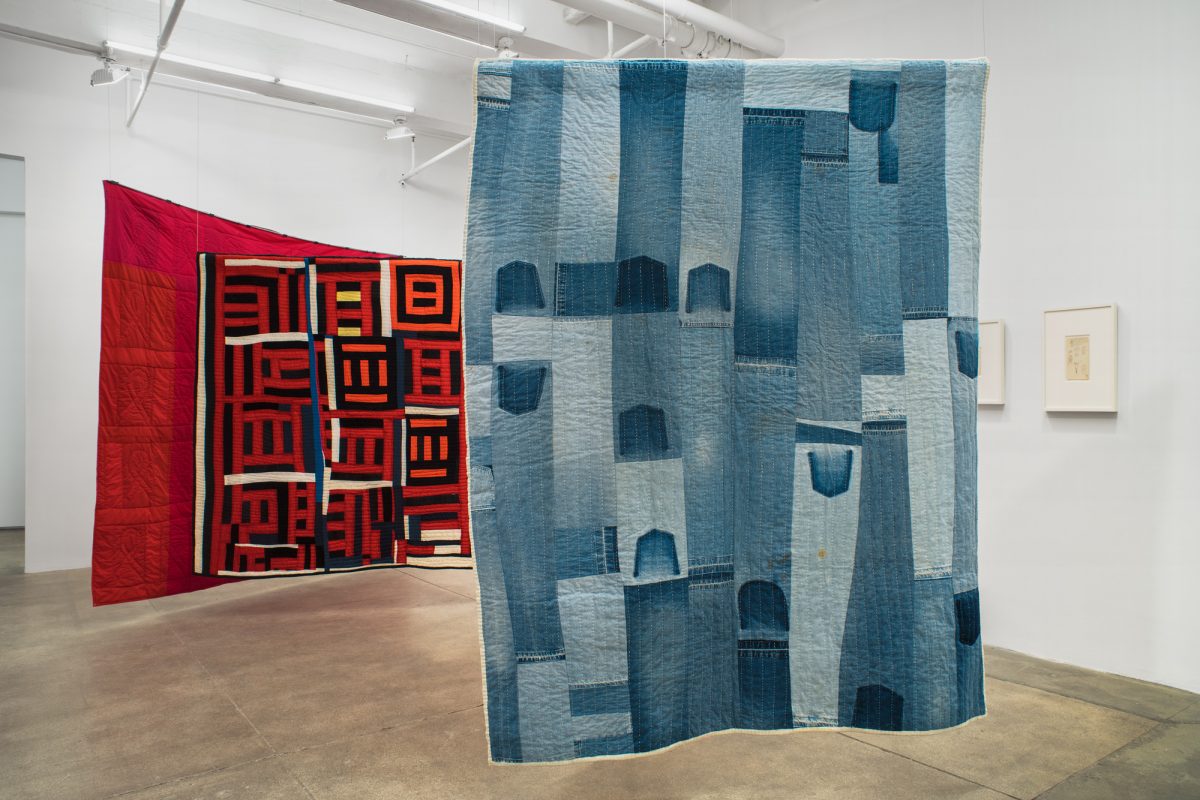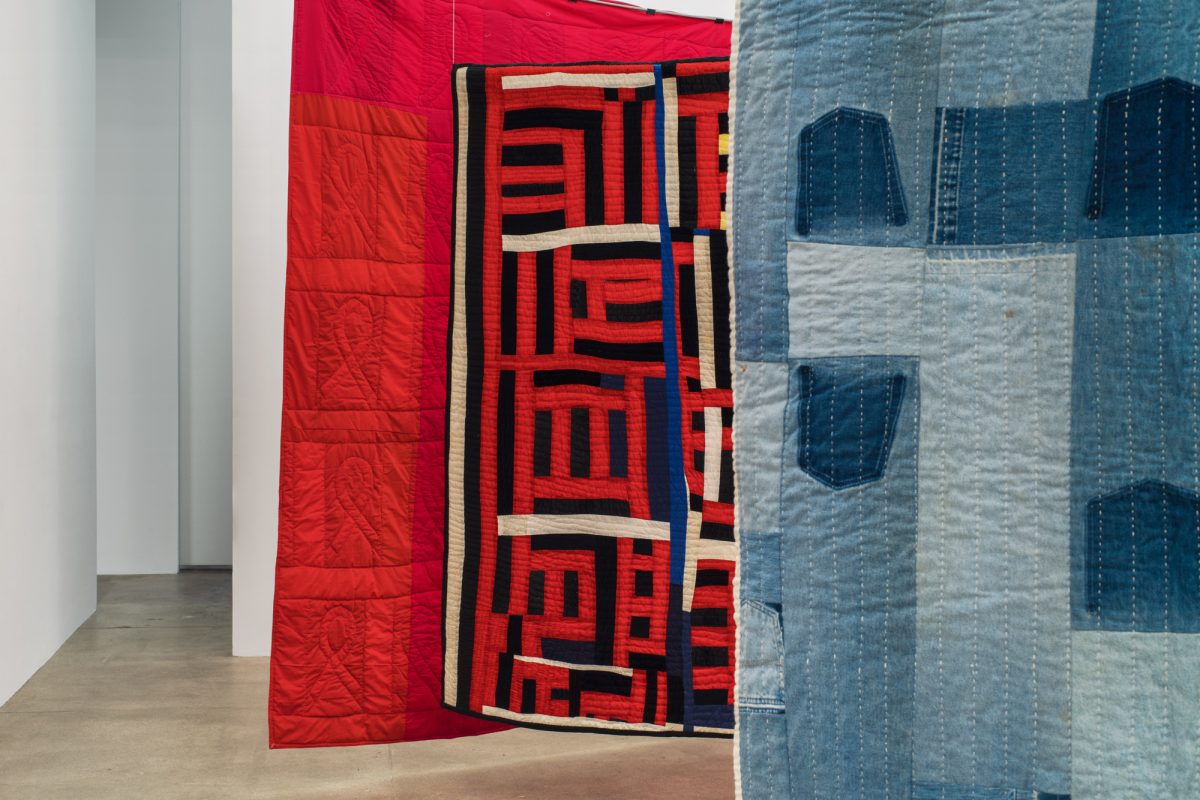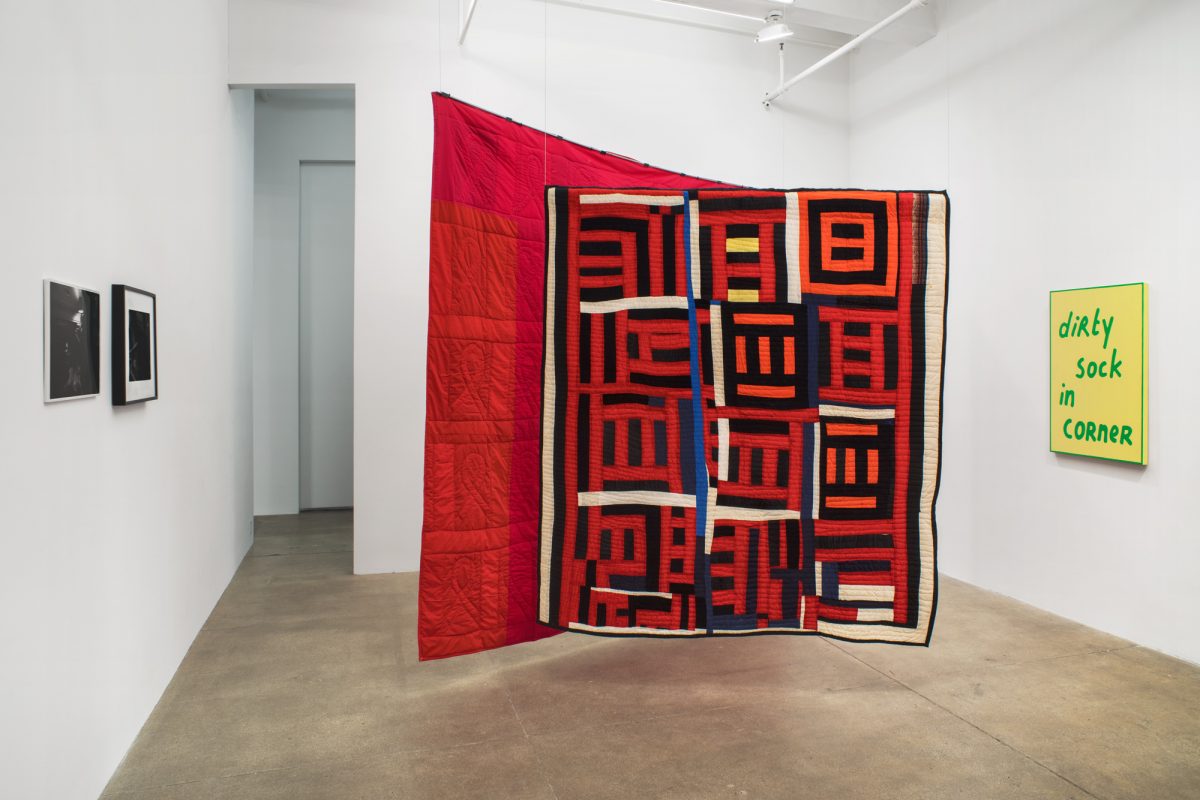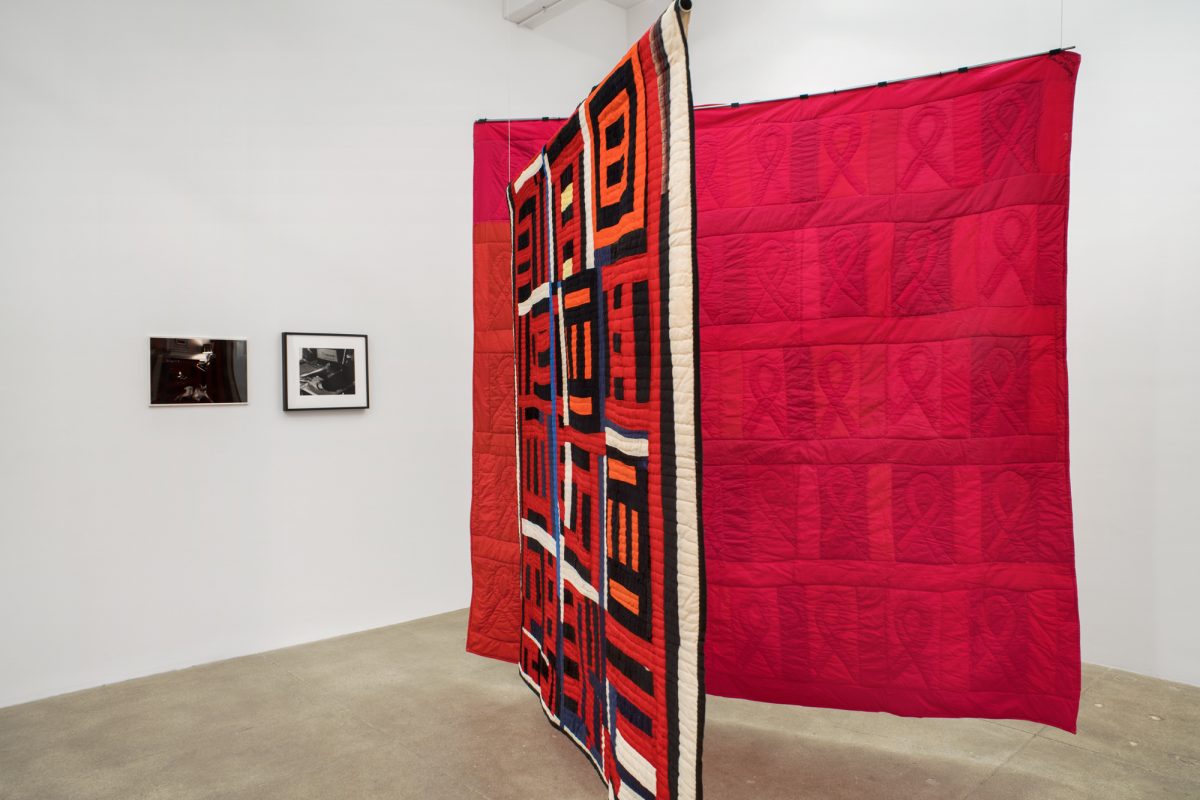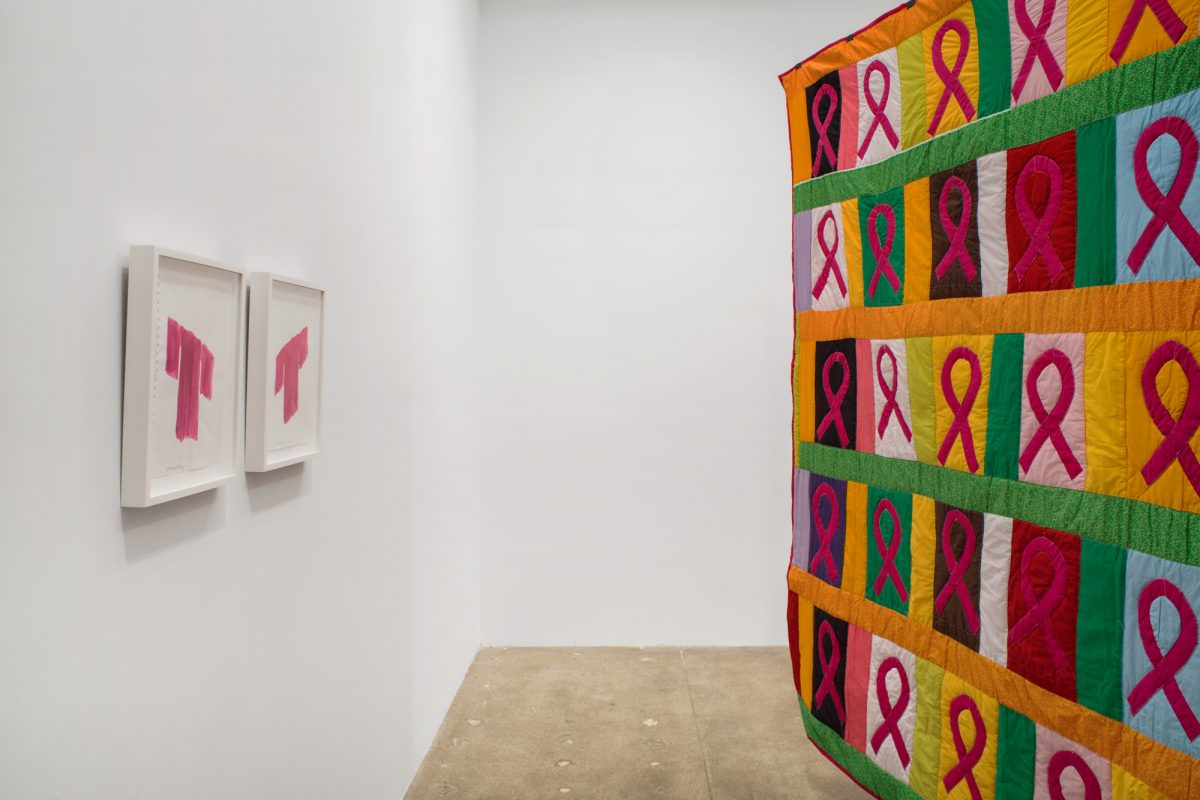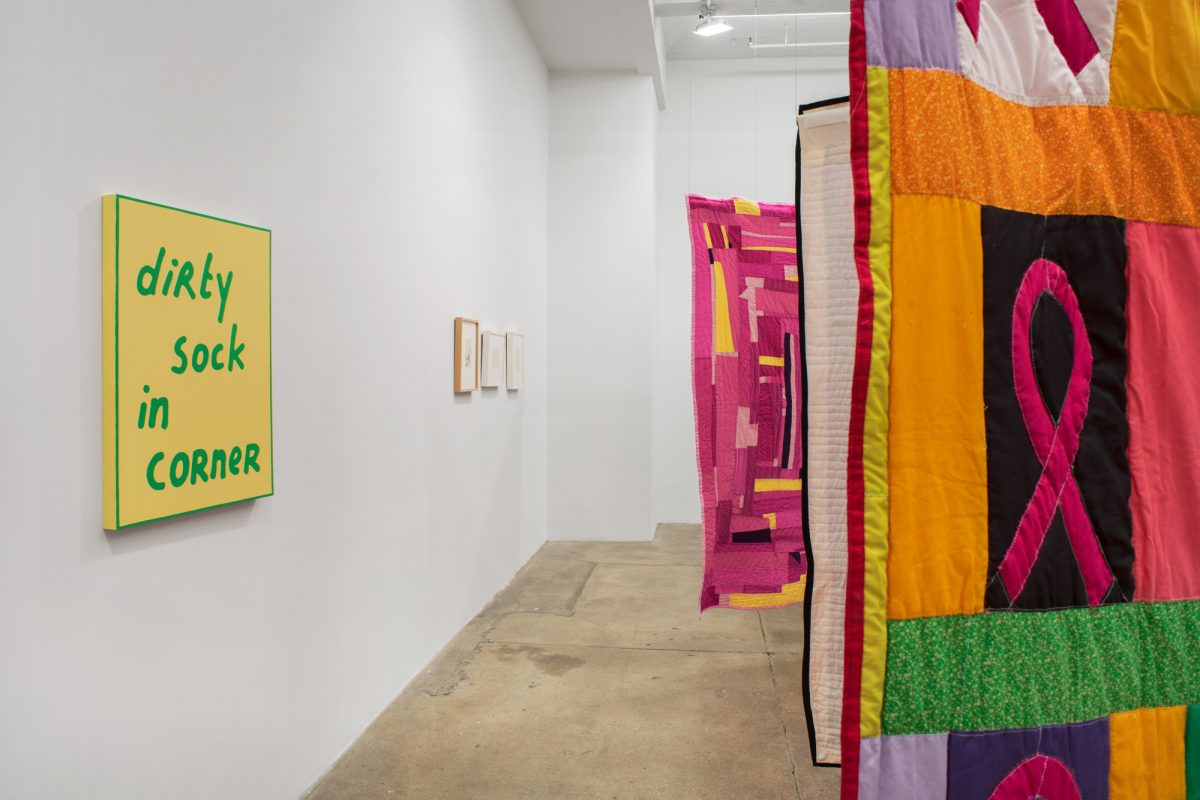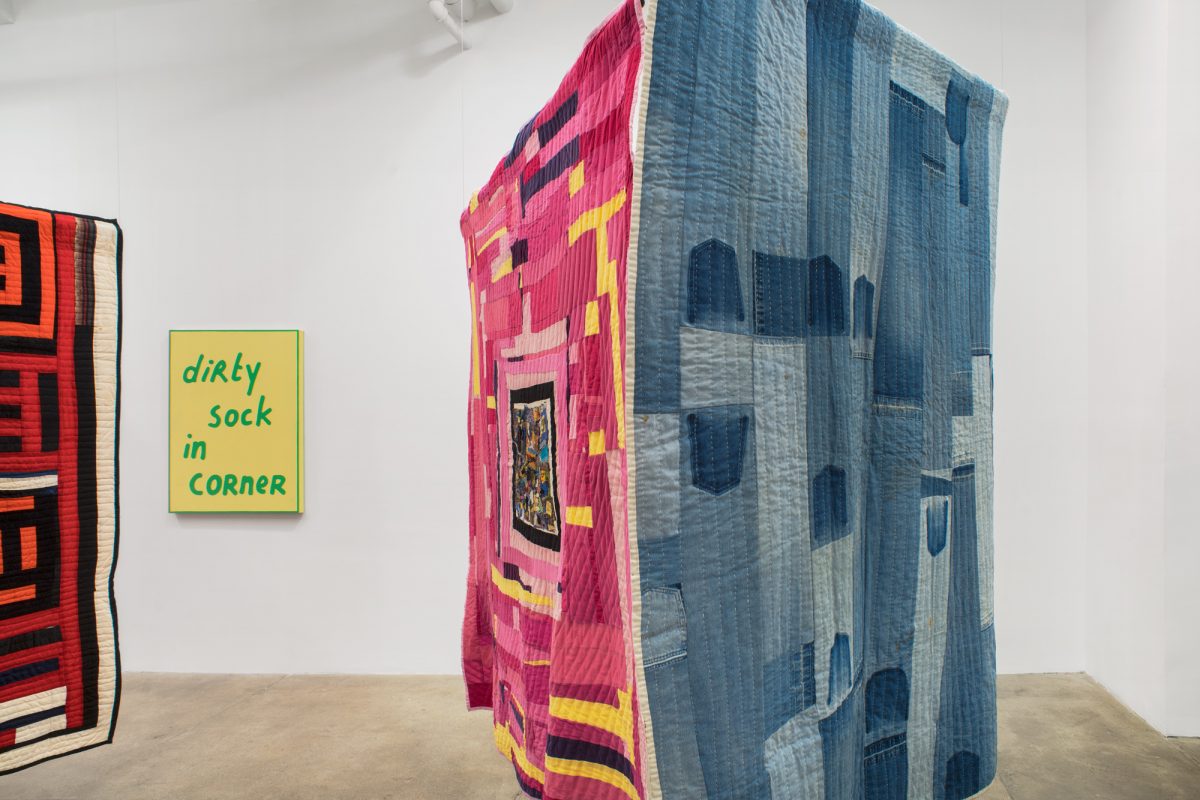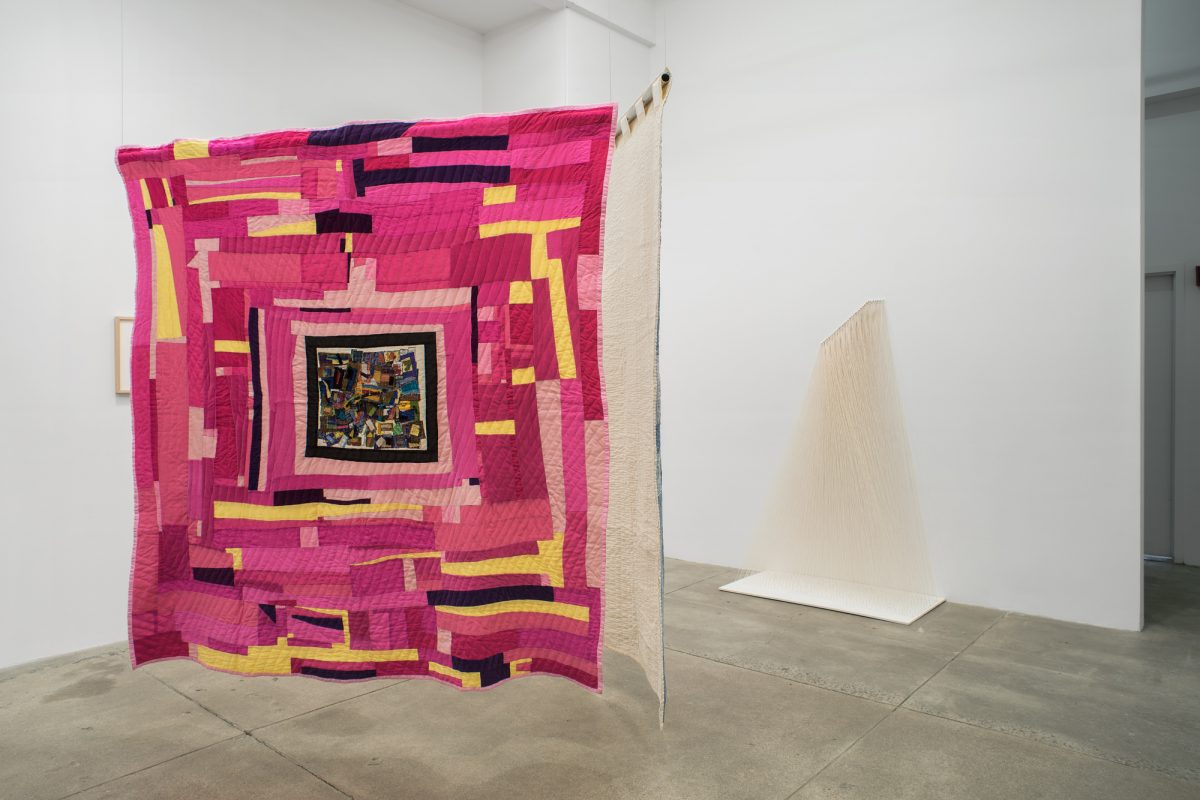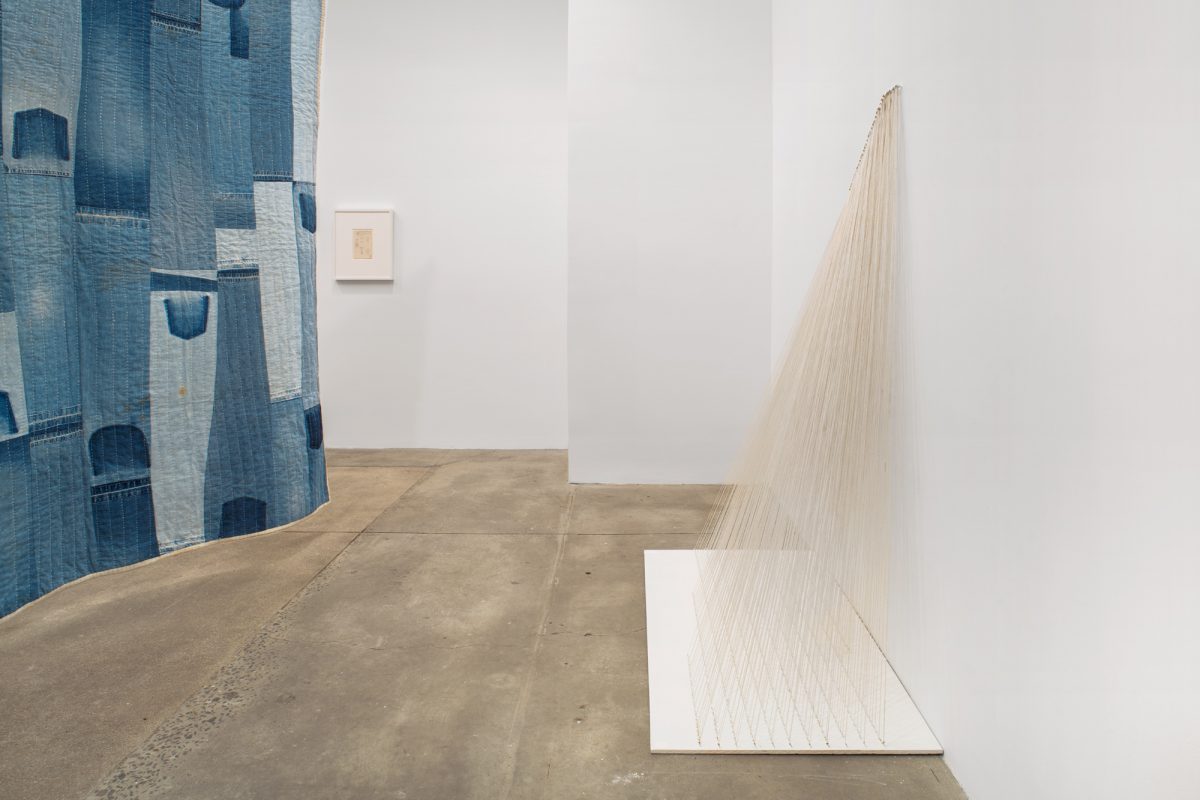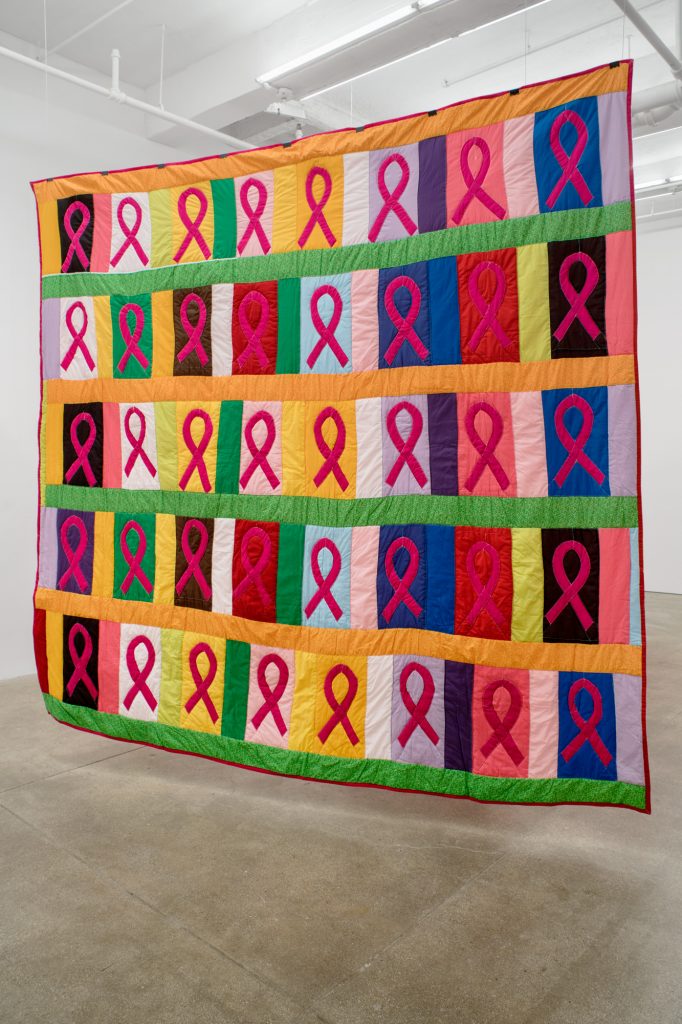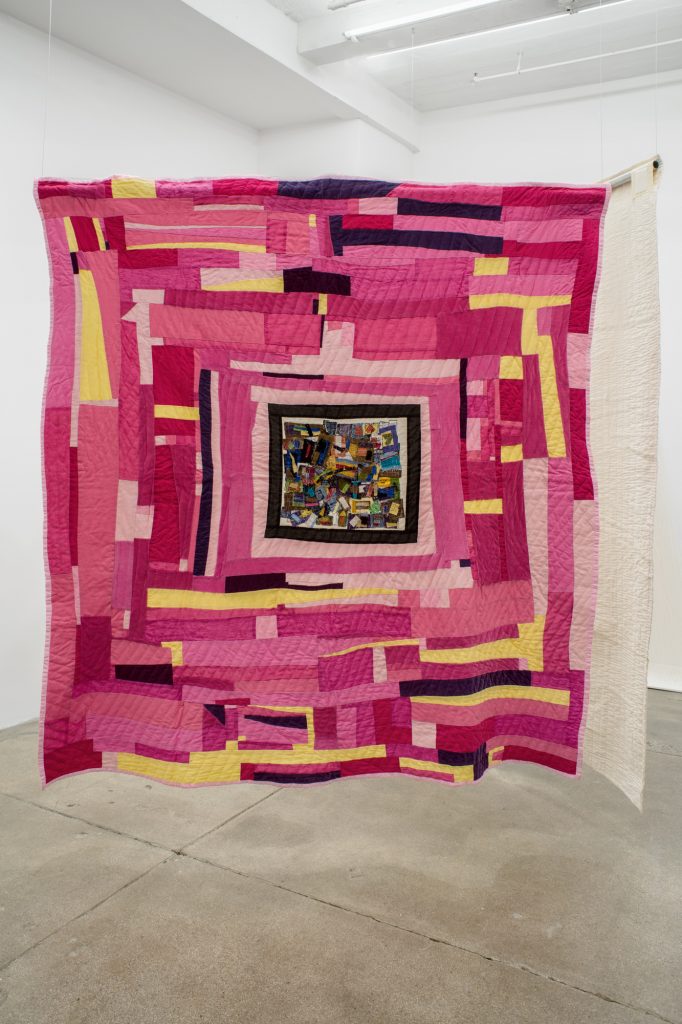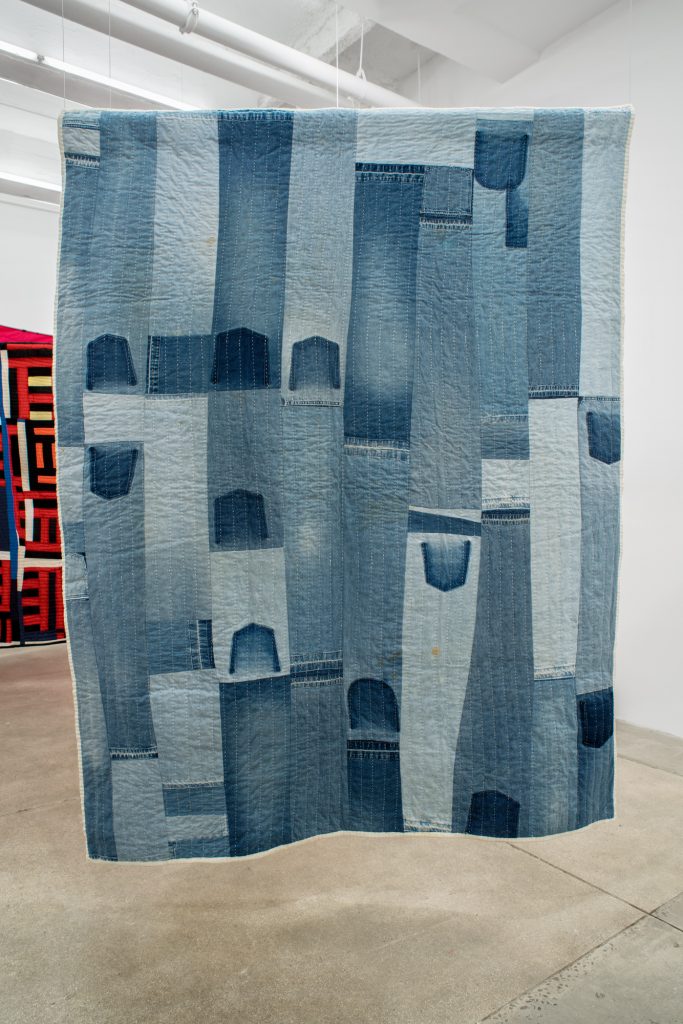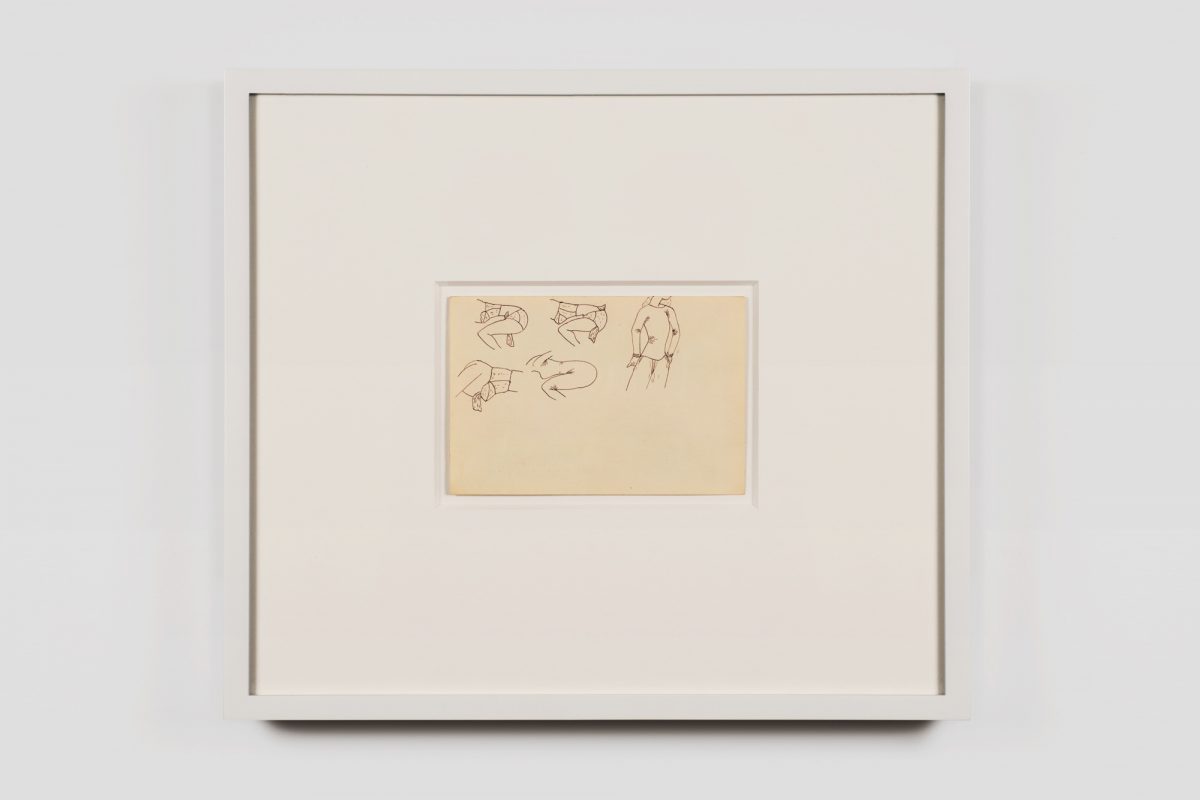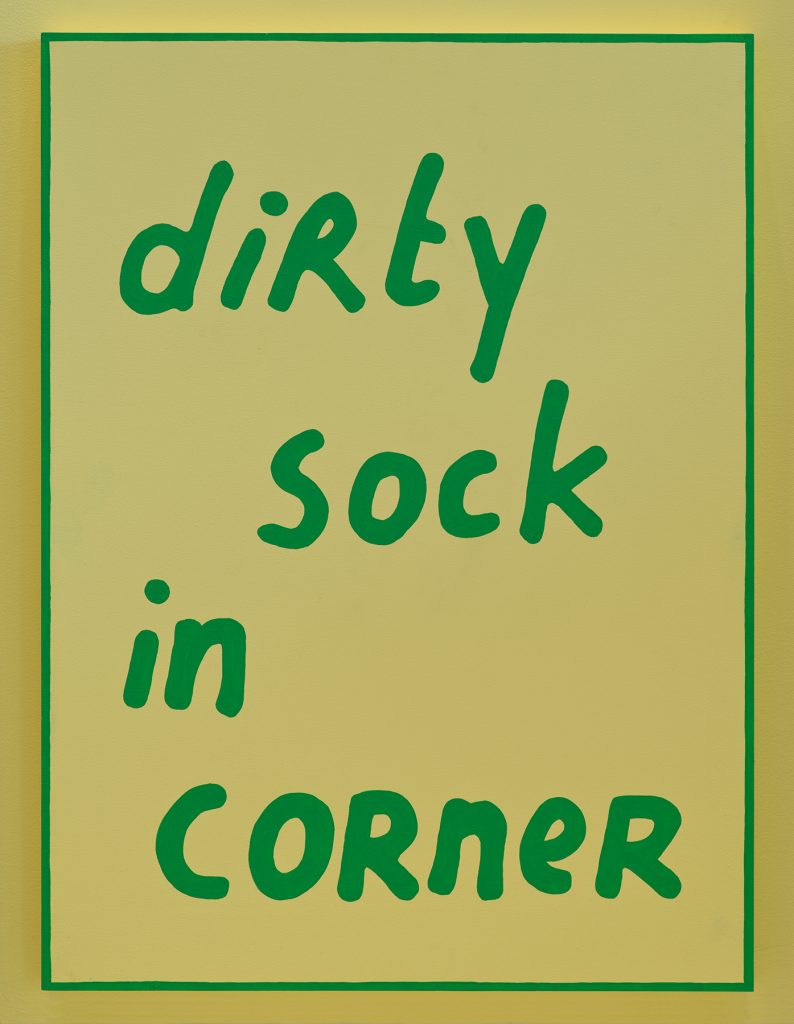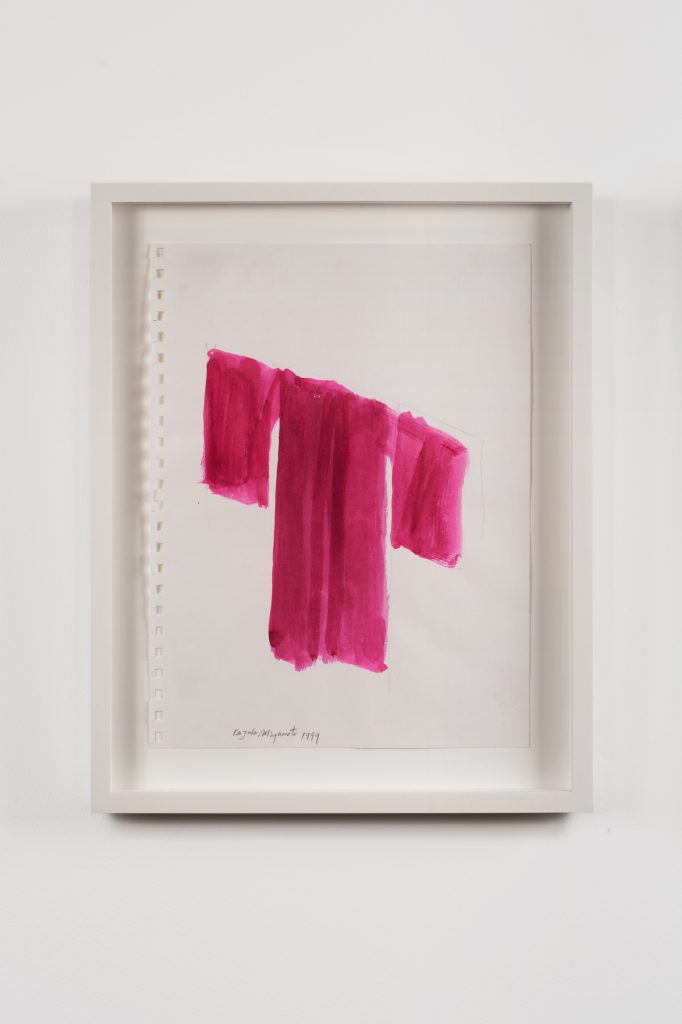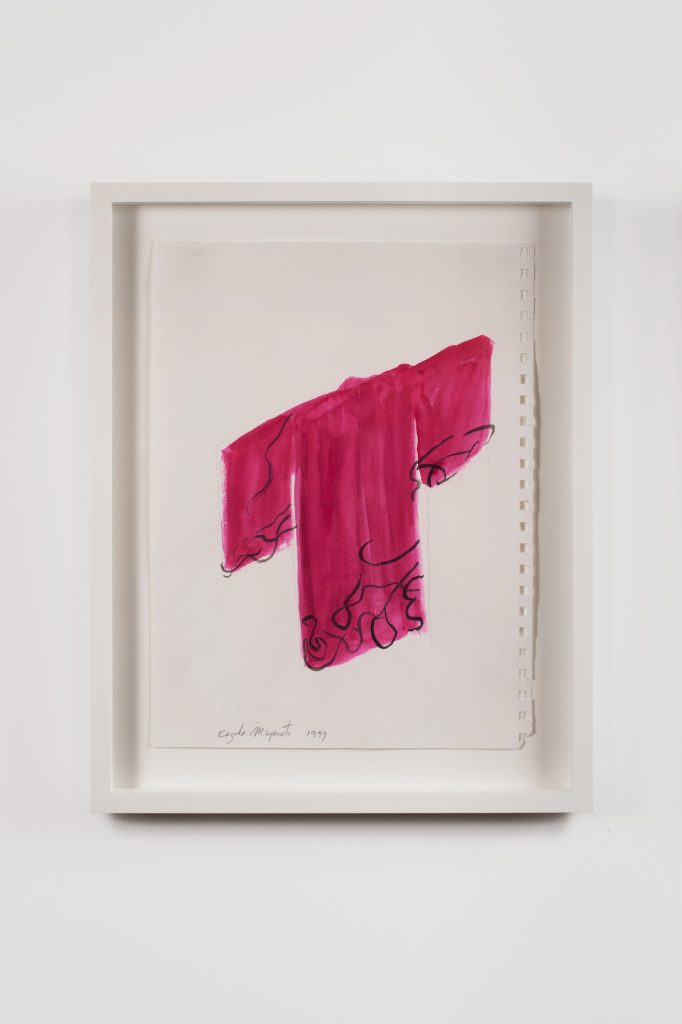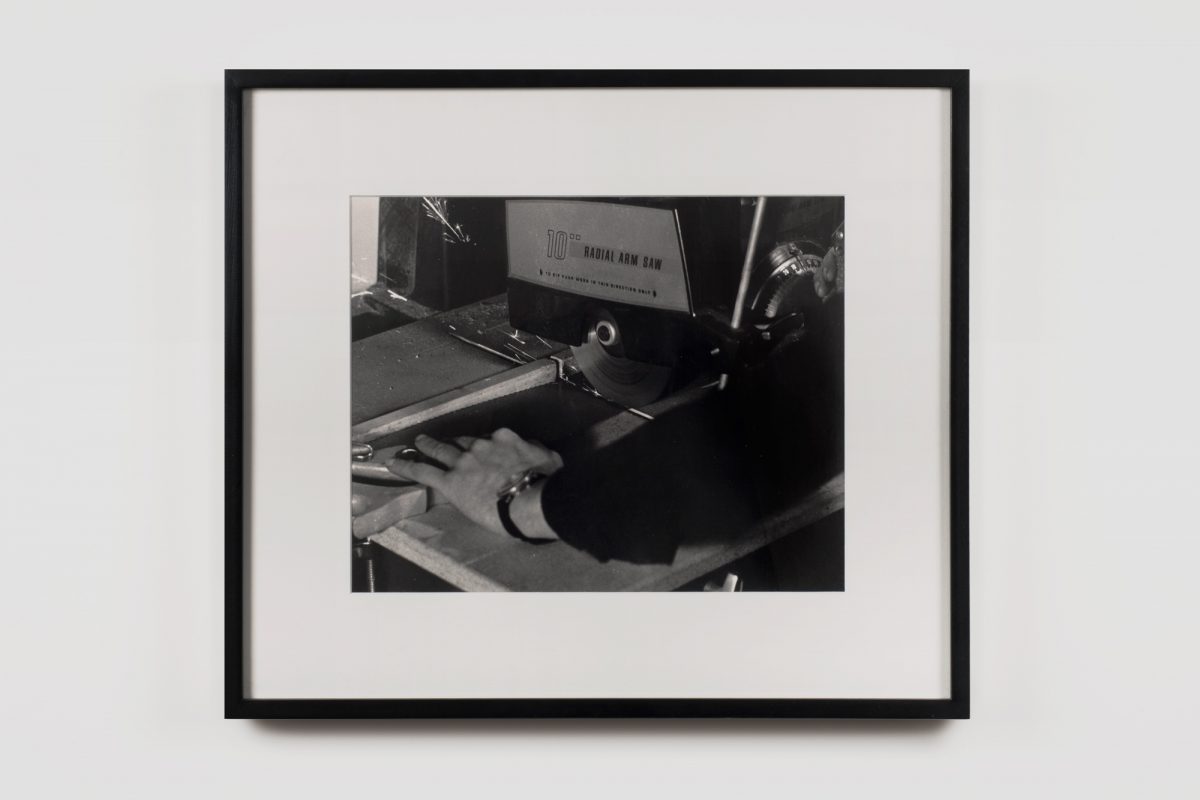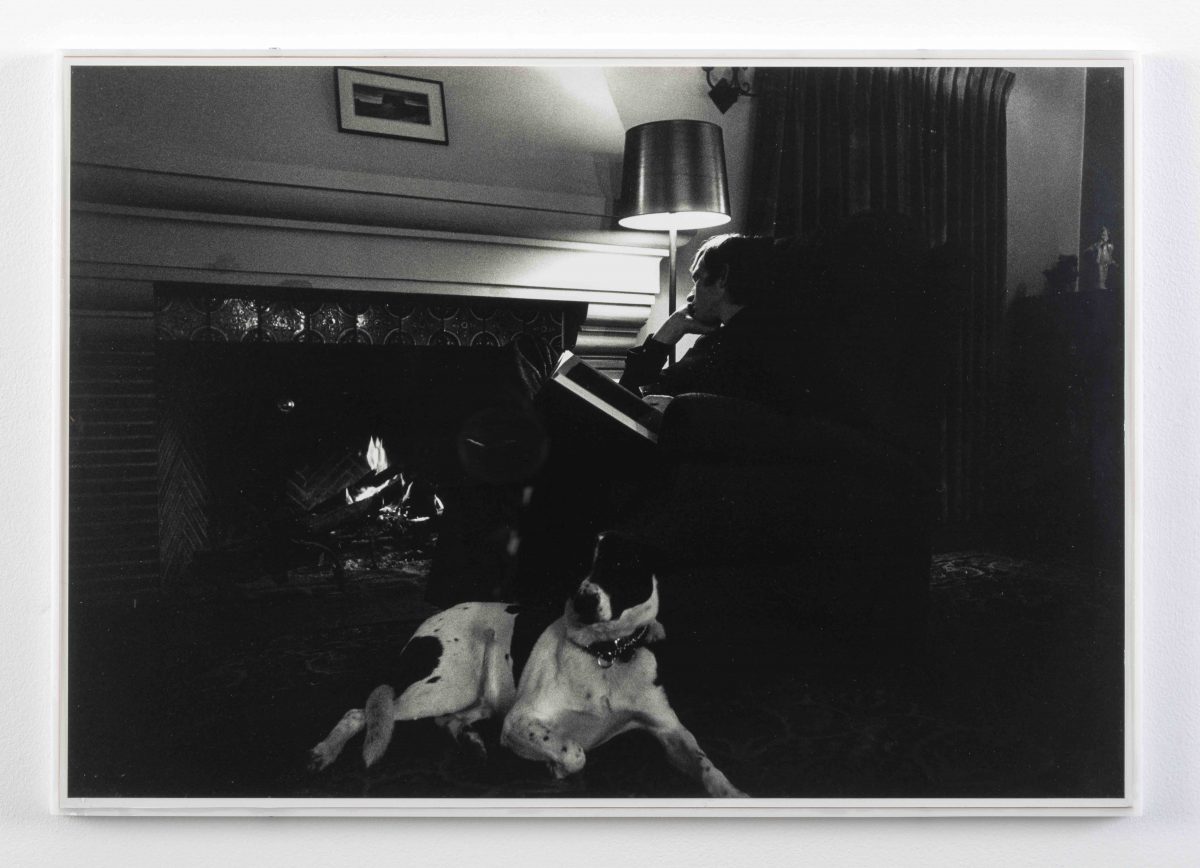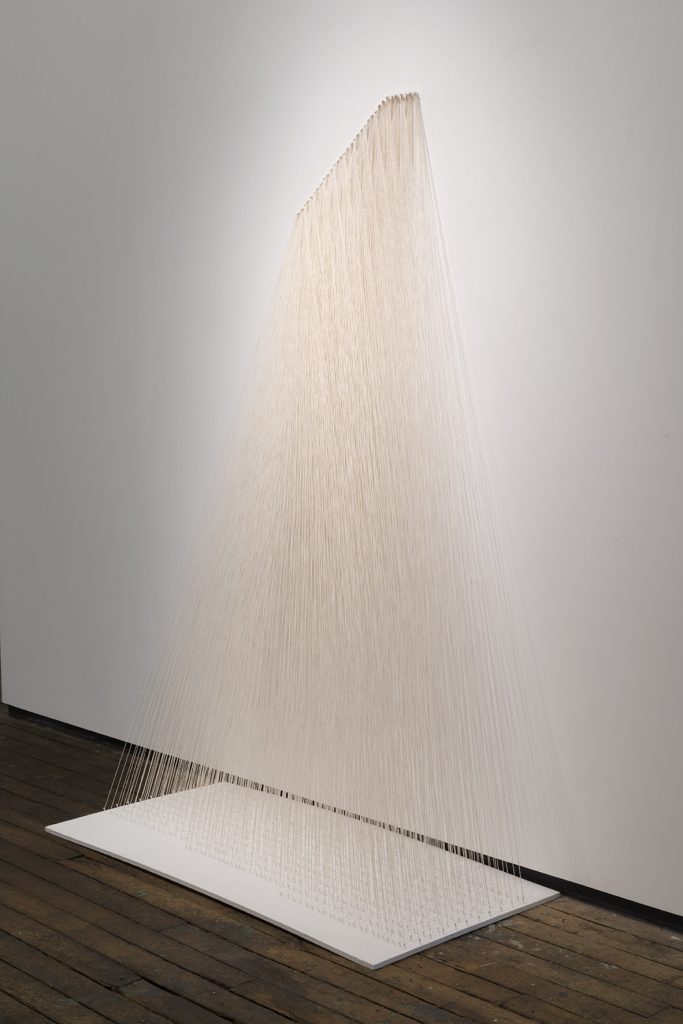
- This event has passed.
kaufmann repetto is pleased to present Women are very good at crying and they should be getting paid for it, a group exhibition comprised of works by Bas Jan Ader; Gee’s Bend Quiltmakers: Mary Lee Bendolph, Loretta Pettway Bennett, and Marlene Bennett Jones; Kazuko Miyamoto; Christina Ramberg; and Lily van der Stokker. The exhibition is the third in a series initiated at kaufmann repetto Milan in 2013, drawing attention to themes of femininity, gender-related issues, and equity for under-represented voices.
The title of the exhibition is taken from a quote by Lily van der Stokker. It not only leans into an exaggeration of gendered stereotypes as a means of ownership, but it also expresses value in the emotional sphere as a tool of cultural enrichment. In an essay included within Yayoi Kusama’s 2009 monograph, Mirrored Eyes, the artist writes, “art is not above the sexes. A woman’s psyche is different, her mind and temperament is different. When women are not holding back in their expression, we see artworks that are so different they can repulse and confuse us. Women are new in the field of art and bring a whole new range of subject matter to us. I think that there still is a world of undeveloped material. Women can be sweet, sentimental, sensual, communicative, decorative, weak…emotional and what else?….they are very good at crying……So much yet to come.”
The artists within this exhibition each, in their own way, examine the emboldened complexities of vulnerability and its ability to generate conditions of change and progress. The artworks on view warp the connotations of what has historically been relegated as inferior or unambitious – be it the domestic and intimate, like in Lily van der Stokker’s and Bas Jan Ader’s works, or ‘craft’, as in the works of the Gee’s Bend Quiltmakers, a group of women quilting in an isolated region of Alabama for over four generations. As one of the few female artists partaking in minimalist conversations in 1960’s-70’s New York, Kazuko Miyamoto expanded beyond the practice’s limitations by inserting her personal and cultural narratives into the work, often empshaizing the individuality of the handwrought. Christina Ramberg’s paintings draw from forms of restrictive undergarments, such as corsets, girdles, and bras, revealing the unnantural, contorted ideals of female beauty and simultaneously celebrating female sexuality. These works coalesce within the exhibition as a means to defy these constraints of bias and use them instead as affirmations of autonomy.
Bas Jan Ader was born in 1942, Netherlands and lost at sea during his performance In Search of the Miraculous in 1975. His work is characterized by an ongoing investigation of sensitivity, romanticism, and vulnerability. These qualities set his work apart from his male contemporaries, whose practices at the time largely tended to utilize ‘macho’ vocabularies and approaches. One year prior to Chris Burden’s performance in which he filmed himself taking a bullet, Bas Jan Ader sat before a video camera sobbing in his work I’m too sad to tell you (1971). Though Ader’s life and career were brief, his contributions are widely respected. Solo exhibitions of his work have been held at Museo d’Arte Moderna di Bologna, IT (2013); Kunsthalle Basel, CH (2007); Museum Boijmans Van Beuningen, Rotterdam, NL and Camden Arts Center, London, UK (2006); Portikus, Dusseldorf, DE (2003); Bonner Kunstverein and Kunstverein Braunschweig, DE (2000); Stedelijk Museum, Amsterdam, NL (1988); among others.
The Gee’s Bend Quiltmakers have been quilting for over four generations. The name of the group is defined by the geographical location where the quilters’ ancestors lived, primarily on the Pettway plantation, along an isolated bend of the Alabama River. Their quilts are recognized as among the most important African American cultural contributions in the United States. It is often considered due to their isolation, working with the materials available, that the quilter’s developed a distinctive improvisational and almost minimal approach to quilting; one that deviated from the ordered patterns of Euro-American quiltmaking, and instead, created an innovative language entirely their own. Often passed down from mother to daughter as a familial inheritance, quilting has historically provided women a vehicle of creativity, expression, and a symbol of matriarchal legacy. As a collective, the Gee’s Bend Quiltmakers’ have exhibited institutionally including at the Philadelphia Museum of Art, PA (2008); Museum of Fine Arts Boston, MA (2005); Whitney Museum of American Art, New York, NY (2003); and Museum of Fine Arts Houston, TX (2002); among others. Works by Mary Lee Bendolph (B. 1935), as well as a collaboration with her daughter, Essie B. Pettway (B. 1956); Loretta Pettway Bennett (B. 1960); and Marlene Bennett Jones are included within the current exhibition at kaufmann repetto New York.
Kazuko Miyamoto (B. 1942, Tokyo) has lived and worked in New York since the early 1960’s. Her first studio was located on Hester Street in the same building as Adrian Piper and Sol LeWitt, who she would go on to work with as his first studio assistant. Miyamoto’s work was included within historical exhibitions, such as 13 Women Artists (1972), initiated by female artists in protest of the lack of representation of minorities in art institutions, collections, and arts periodicals. In 1974 she joined A.I.R. gallery whom she would remain affiliated with for nearly a decade. She opened her own gallery Onetwentyeight in 1986, which is now the longest running gallery on the Lower East Side, supporting the work of her peers and creating an open community regardless of race or gender. Recently, her works have exhibited at L’ISELP Contemporary Art Center, Brussel, curated by Florence Cheval (2016); the Japan Foundation, Delhi (2015); and Kunsthalle Krems, Austria (2008); among others.
Christina Ramberg (B. 1946, Fort Campbell, KY – 1995, Chicago, IL) was a part of the Chicago Imagists, a group of artists living in Chicago in the 1960’s, whose works were linked byillustrative and figurative motifs and via an intentional distinction from the New York and European art scenes. The imagists sourced much of their subject matter from imagery readily available in everyday life, often gravitating towards the ‘awkward’, ‘outsider’, and ‘garish’. Ramberg herself culled much of her material from romance comics and lingerie catalogues. While she did experience a fair amount of support during her lifetime, her works have begun to receive wider acclaim and international notoriety posthumously. In 2013, her works were presented in a solo exhibition at the Institute of Contemporary Art, Boston, MA. Her work has recently been included in exhibitions at the Fondazione Prada, Milan, IT (2017); Museum of Contemporary Art Chicago, IL (2017); Whitney Museum of American Art, New York, NY (2015); Jewish Museum, New York, NY (2015); and the Liverpool Biennial, UK (2014); among others.
Lily van der Stokker (B. 1954, Hertogenbosch, NL) lives and works between Amsterdam and New York. Her works on view were included within an installation at the Hammer Museum, Los Angeles in 2015. van der Stokker’s disarming and colorful wall paintings and installations address the decorative, the domestic and the sentimental as a way to challenge stereotypes of femininity. Recent solo exhibitions include the New Museum (lobby), New York, NY (2013); Van Abbemuseum, Eindhoven, NL (2010); Museum Bojimans van Beuningen, Rotterdam, NL (2010); Tate St. Ives, Cornwall (2010); Aspen Art Museum, CO (2007); Bonnefanten Museum, Maastricht, NL (2004); Museum Ludwig, Koln, DE (2003); and Le Consortium, Dijon, FR (2002); among others. In 2018, van der Stokker will have solo exhibitions at SCAD in Savannah, GA and the Stedelijk Museu in Amsterdam, NL.

